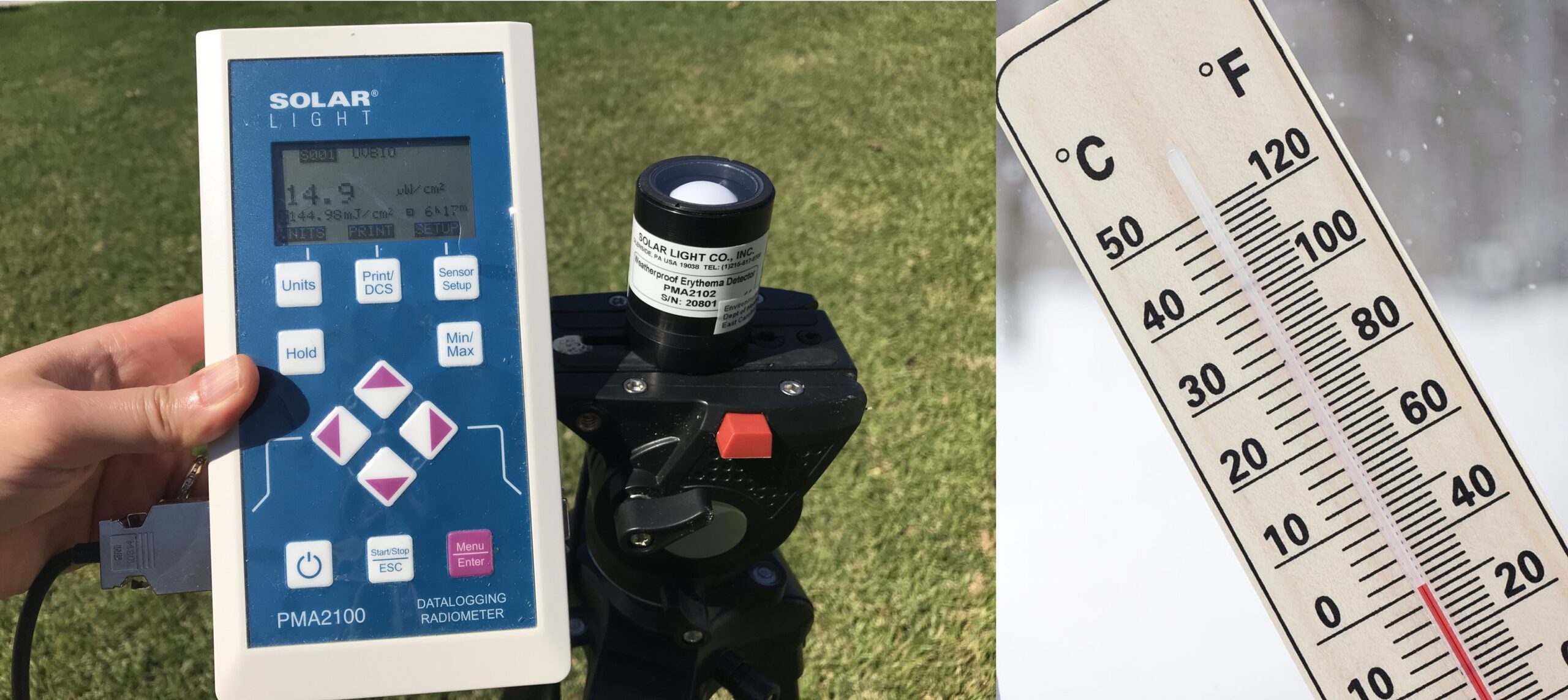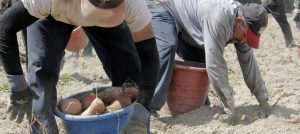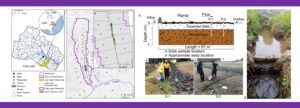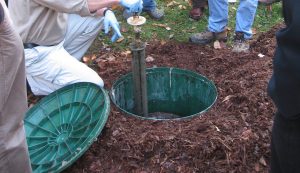Owusu N*, Sousan S, Richards SL and Balanay JG (2023). Occupational Exposure to Solar Utraviolet Radiation in an Eastern North Carolina University Outdoor Setting during the Four Seasons. Journal of Occupational and Environmental Hygiene, doi:10.1080/15459624.2023.2264331.
Abstract
Outdoor workers perform tasks throughout the year that exposes them to solar ultraviolet radiation (UVR) and increases their risk to UVR-related adverse health effects. Multiple studies on occupational solar UVR exposures during summer have been published but similar investigations during other seasons are limited. The purpose of this study was to assess solar UVR exposure in an eastern North Carolina university setting during all four seasons (fall, winter, spring and summer) to assess risk for outdoor workers, particularly groundskeepers, throughout the year. UVR effective irradiance (UVReff) was measured by area monitoring using a digital datalogging radiometer and a weatherproof UVR detector for 164 days from October 2020 to October 2021. Results showed that hourly and daily mean UVReff exceeded the 1-hr and 8-hr ACGIH Threshold Limit Values (TLVs), respectively, in all months and seasons at varying degrees. Winter had the lowest mean UVReff (3.4 x 10-3 ± 1.7 x 10-3 mW/cm2) but 91.1% and 100% of the hourly and daily UVReff measurements, respectively, still exceeded the TLVs. This study demonstrates the risk of overexposure to solar UVR among outdoor workers during cold months and seasons and the importance of implementing UVR protection throughout the year.
*Nana-Obaayaa Owusu is a recent alumnus of the ECU MS Environmental Health Program (Spring ’22).




